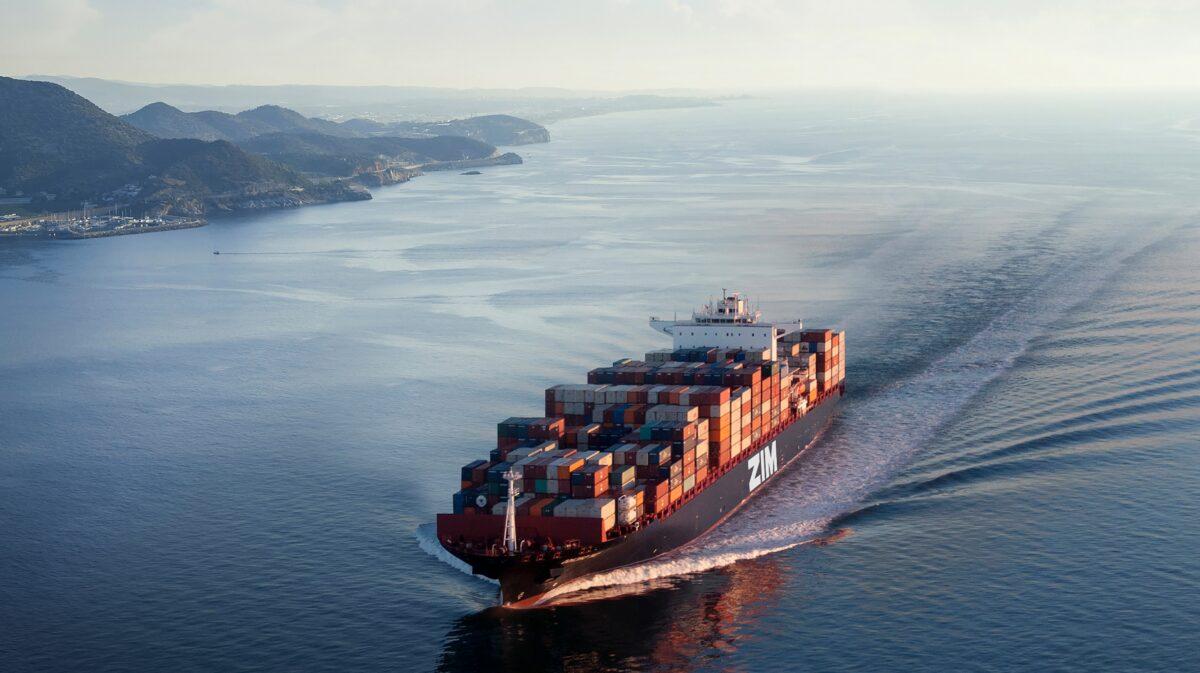The Netherlands, with its strategic location at the heart of Europe's trade routes, serves as a gateway for international businesses looking to penetrate the European market. Renowned for its advanced logistics and transportation infrastructure, the country offers a seamless and efficient pathway for goods entering and circulating within Europe. However, navigating the complexities of shipping to Netherlands requires a thorough understanding of its practices, tips, and regulations to ensure a smooth and cost-effective process. This article aims to provide businesses and individuals with a comprehensive guide to shipping goods to the Netherlands, covering essential aspects such as customs regulations, shipping methods, and practical tips for success.
Understanding Dutch Customs Regulations
The first step in ensuring a hassle-free shipping experience is to familiarize oneself with Dutch customs regulations. The Netherlands adheres to the European Union's customs rules, making it essential for shippers to understand the EU's trade policies, tariff classifications, and tax implications.
- Customs Declarations: All goods entering the Netherlands from outside the EU must be declared to customs. This process involves submitting a detailed declaration that includes the nature, value, and origin of the goods.
- Duties and Taxes: The amount of customs duty and Value Added Tax (VAT) payable depends on the type of goods being shipped. The EU's TARIC (Tariff Integrated of the Community) database can help determine the specific rates applicable to your goods.
- Prohibited and Restricted Items: Certain items are prohibited or subject to restrictions when entering the Netherlands, including drugs, weapons, endangered species, and counterfeit goods. It's crucial to check the latest list of prohibited items before shipping.
Choosing the Right Shipping Method
Selecting the most appropriate shipping method is crucial for balancing cost, speed, and reliability. The Netherlands offers several shipping options, each with its advantages and considerations.
- Air Freight: Best for time-sensitive shipments. While more expensive, air freight provides the fastest shipping times from global origins to Amsterdam Schiphol Airport, one of Europe's busiest cargo airports.
- Sea Freight: Ideal for large, bulky shipments that do not require fast delivery. The Port of Rotterdam, the largest port in Europe, facilitates efficient sea freight services with global connections.
- Road Transport: Once goods arrive in the Netherlands, road transport is a cost-effective option for distribution within the country and to other European destinations, thanks to the Netherlands' extensive and well-maintained road network.
- Rail Freight: An eco-friendly alternative for transporting goods, especially for shipments from or to countries with direct rail links to the Netherlands.
Practical Tips for Shipping to the Netherlands
To ensure a smooth shipping process, consider the following practical tips:
- Accurate Documentation: Ensure all paperwork, including the commercial invoice, packing list, and customs declarations, is accurately completed to avoid delays or penalties.
- Packaging and Labeling: Proper packaging and labeling are essential to protect your goods during transit and facilitate smooth customs clearance. Use durable materials and clearly label your packages with the necessary information, including the recipient's contact details.
- Insurance: Shipping insurance provides protection against loss or damage during transit. Considering the value of your shipment and the potential risks, investing in insurance is a wise decision.
- Work with Local Experts: Partnering with a freight forwarder or logistics provider with local expertise can significantly simplify the shipping process. They can handle customs clearance, provide advice on the best shipping methods, and help navigate local regulations.
Conclusion
Shipping to the Netherlands can open up numerous opportunities for businesses looking to expand their reach within the European market. By understanding the customs regulations, selecting the appropriate shipping method, and following practical shipping tips, businesses can ensure their goods arrive safely, on time, and in compliance with all legal requirements. With its robust infrastructure and strategic location, the Netherlands is poised to remain a key player in global logistics and trade.

